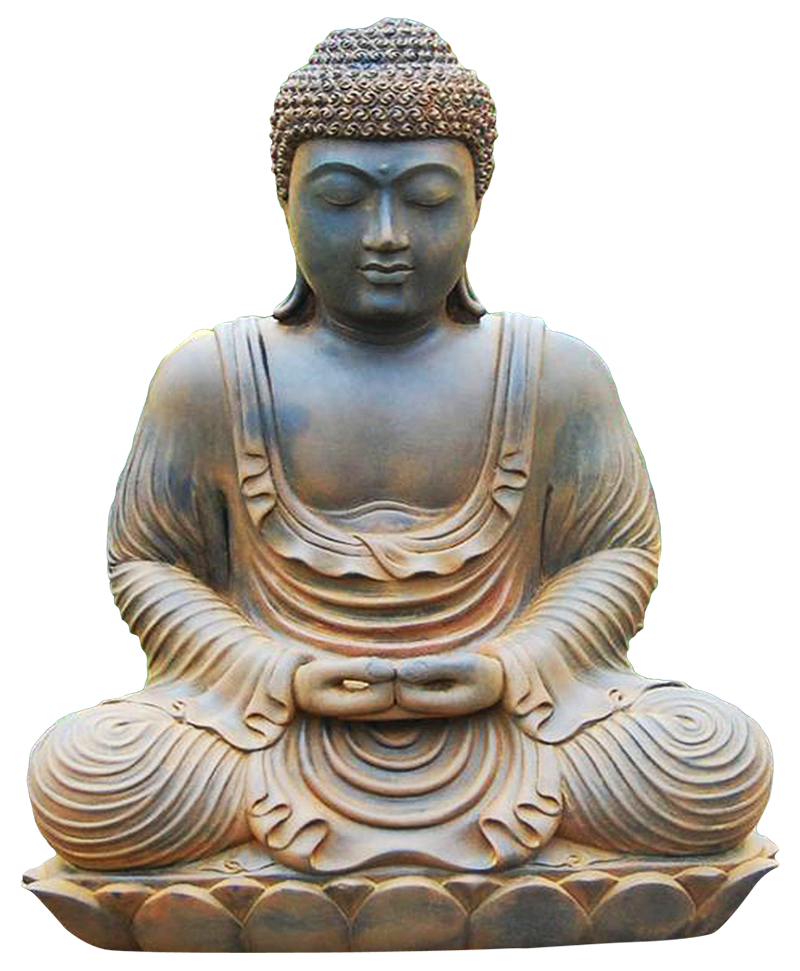Mindfulness Meditation

A Complete Overview on Mindfulness Meditation
What is Mindfulness Meditation?
A proven stress management technique, Mindfulness Meditation is a perfect blend of human spirit and science. It is a psychological procedure to train one’s mind to cope with the sur-rounding environment or events taking place in one’s life. The term ‘Mindfulness’ refers to the process of making people conscious regarding the realities of life. It helps them accept their present experiences, which otherwise becomes a difficult task.
Meditation, as we all know, is an age-old practice to improve attention, focus and concentra-tion. Besides widening our viewpoints, it enhances our energy, will power and mental stabil-ity. We become stronger and can successfully manage stress as well as emotions.
Thus, Mindfulness Mediation has a wider connotation. It is a comprehensive approach to deal with all spheres of our lives- physical, mental and emotional. From 6 to 60s, everyone can embrace this concept and deal with their lives in a better manner.
Origin

Mindfulness Meditation traces its roots to the ancient world- a time when stress, anxiety, mental imbalance were lesser known terms. Deeply rooted in primitive religions and secular traditions; one can find its mention in sacred books and scriptures. Bhagawat Geeta in Hindu-ism and the element of Sati in Buddhism deserves huge credits for introducing this idea for the first time. Although, most meditation experts opine that it were the Buddhist and Tibetan cultures which introduced the world to this wonderful practice. In fact, the word ‘Mindful-ness’ comes from Sati in Buddhism and is based on Vipasana, Zen and Tibetan art of medita-tion.
While Eastern countries have initiated it, the work of propagation has been dutifully done by the people of the West. Some noteworthy names are Herbert Benson, Richard J. Davidson, Thich Nhat Hanh and John Kabat-Zinn. By virtue of their efforts, today, Mindfulness Meditation has entered into the universities. There are many scholars, researchers and practitioners who are constantly working on its further innovations and discoveries.
Over the years, the concept has gathered much momentum. Rural areas have always been in-clined towards meditation and healthy lifestyle. Now, the urban dwellers are also embracing this technique in their regular lifestyle. Cutting across age, geography, demography, castes and gender; Mindfulness Meditation is widely accepted by all.
Introduction to Mindfulness
How to do it?
Meditation is all about having the right posture. The objective is to centralise the surrounding energies in the middle of the eyebrows in the temple. This area is often perceived as the re-gion of ‘third eye’ or Trinetra. People having the third eye can visualise things better than others. They can successfully do so by being mindful while they meditate.
Meditation can be done in various ways. However, there is no "right way" to meditate, mean-ing people can explore the different types until they find one that works for them.
This is how it happens:
- At first, one needs to sit and keep spine upright. They must sit at any comfortable place like floors, meditation cushion, floor mats or benches in the park. The seat needs to be stable and should provide solid support to the body. While sitting, the back should not fold or perch.
- Once seated, legs have to be brought closer. In any seated posture, the legs should be folded and criss-crossed, i.e. left leg on the right thigh and vice-versa. For those sit-ting on chair, they must ensure that their legs are placed together without leaving any space.
- Next, one must not make the body stiff. The goal is to straighten the body only. Every spine has its own curvature and it should be maintained. Head and shoulders needs to be rested on the top of the spinal cord.
- Upper arms should be parallel to the upper portion of body. Both hands shall be kept on the legs in the thigh portion. No need to overstretch hands at this point as this will either form hunches or make the back area stiff. Everything should happen naturally as it is the underlying concept behind this mind-body exercise.
This was the preliminary body setup for Mindful Meditation. The real game starts thereafter. - One needs to drop one’s chin in a gentle manner and look downwards. Eyelids can be lowered as per convenience, meaning if a person feels, he/she can lower it completely or partially. There’s no hard and fast rule. At the same time, eyes may not be closed. However, if one feels to close the eyes, it’s equally accepted. Also, while looking down it is not mandatory to focus on the surface.
- With eyes looking downwards, one has to relax and draw attention towards all sensa-tions in the body or the breath.
- In doing so, it is important to feel the breath and allow natural inhalation and subse-quent exhalation. No control is to be exerted in this process. Things should happen naturally again. Amidst the constant ‘breathing in’ and ‘breathing out’, a focal point is to be chosen. One must attempt to stick to that point and keep breathing in and out.
- In the initial moments, people will find it difficult, rather impossible to confine atten-tion to breathing only. They shall feel like wandering from one place to another, from one thought to another. This is normal as the mind takes time to adjust and settle down peacefully. Gradually, after few seconds or minutes, mind automatically cools down and there’s no wandering. It is then when the attention comes back to the breath.
An important aspect in this step is that one must not stop breathing under any circum-stance. People must wait for their attention to return to their breath. Once it happens, they are successful to a certain extent. - As one breathes, interruptions can take place, for example, biting of a mosquito, na-ture’s call, etc. Before making any physical movement, one must pause for a few se-conds. This pausing between the breathing and the chosen activity is required. Mind gets a small space between experience (breathing) and choice (the next action like scratching the bitten area). The little space actually rejuvenates mind, making it capa-ble of handling different problems and situations in life.
- In most people, mind keeps hovering in a short span of time. They may manage to bring back attention, only to lose it in the next few seconds. This is quite normal and happens in the beginning. With time, the attention span increases and one can concen-trate for a longer time than before.
- A natural feeling will prompt people to lift the gaze and look upwards. People with closed eyes will gradually open them. After that, one should only try to feel the sur-roundings, sense all thoughts and emotions within one’s mind and body. They must take time to realise everything and then pause for few moments. These moments are meant for taking them to the real world from the spiritual one.
As long as the eyes were closed and they were struggling to arrest attention to their breath, they were taken to a different world, guided by their spirits, intuition and soul. Now that they are back into the real world, they must give some time to connect with the nature before getting into ready-steady-action mode.
More Information
Pay us a visit
Locate our office
E-34, Block E, Kalkaji, New Delhi-110019
CALL NOW:
+91-9667988499
+91-11-42420071
